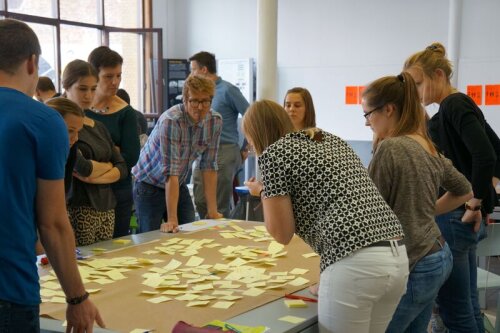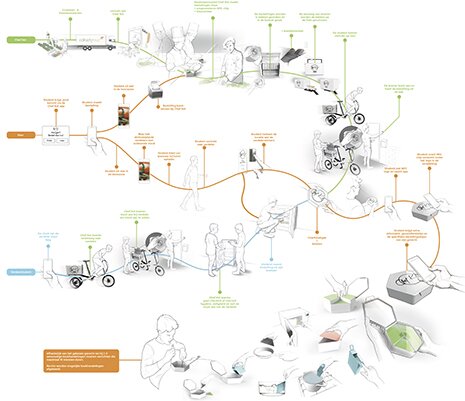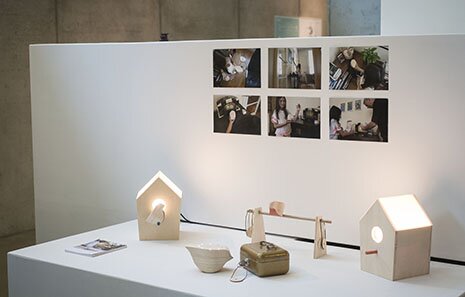PSS Design Toolkit: the process
Understand
This stage frames the context, its underlying human drives and helps you to understand and reveal all possible interactions between those affecting the context and others affected by it. Insights can be obtained with a variety of methods, but it remains central that you are able to identify patterns in behaviour and interactions, even if unintended. Each tool offers an interpretative lens to enable sense-making of the context, in order to reframe the perspectives or to change them. In a step-by-step manner, you will discover multiple ways (levers) on how to intervene in the system, relevant to rethink the whole and reframe its purpose. Clustering promising patterns will support you to capture the bigger themes and ultimately address the underlying phenomenon of the situation. A representation of all (re)framed insights should encourage stakeholders to discuss, interact and attain a holistic understanding of the issue. Together you will be able to identify the multiple levers on how to intervene in the system. If agreed upon, this sets ground for a (re)formulation of a clear design challenge. A deep understanding of the system will assist you in building its (non-)technical requirements.

Framing the context of death and dying with multiple stakeholders
Explore
During this stage, the design challenge and its requirements (e.g., context, interaction, rational, emotional) set the stage for explorative activities. Different (stimuli) techniques are provided to generate a large amount of opposites, alternatives and inspirational input in order to achieve solutions for the whole, as well as for its sub-challenges. It’s about ‘AND’ thinking instead of ‘OR’ thinking; consciously generating unusual viewpoints enables you to ideate on the extremes. The opposite of one truth may very well be another profound truth. The requirements of the first stage have set criteria for discussion, creating a refined exploration of the playground of your future solution, different scenarios and their underlying business models. This will enable you to understand the consequences of your choices on the interaction with product, service and resulting overall experience. Your exploration should converge into a clear concept: the future viewpoint of interactions between users and the providers of your (PSS) solution. Running alongside each possible / necessary touchpoint enables a matchmaking of actions, intentions and values with different technical and non-technical system-user connections and ultimately their design.

PSS scenario: student obesity system-user touchpoint exploration and design
Define
This stage bridges the gap between the current knowledge and the target knowledge of the user - what one has in mind about the product/service, which parts should be understood by whom - through actual design/interface representation. Visual compositions convey the look and feel of your system, they provide an identity to novel or unfamiliar system functionalities and a possible entrance point and inspiration for prototyping the products and services in the system. The goal of designing the critical components with an increasing level of fidelity is to focus on getting a good understanding of a concept’s core functionality before moving on to the bells and whistles that might be required. This is also known as ‘appropriate fidelity prototyping’. Another method is to deliberately prototype product-services to provoke emotions or reactions among the stakeholder group, and facilitate lip loosening conversations. We anticipate you will end up with a totally different kind of briefing for implementation and a solution that clarifies tasks, responsibilities and benefits for all possible stakeholders, they will have a better understanding and verified interest of your PSS.

PSS prototype and test: reconnecting grandparents and children through cultural heritage